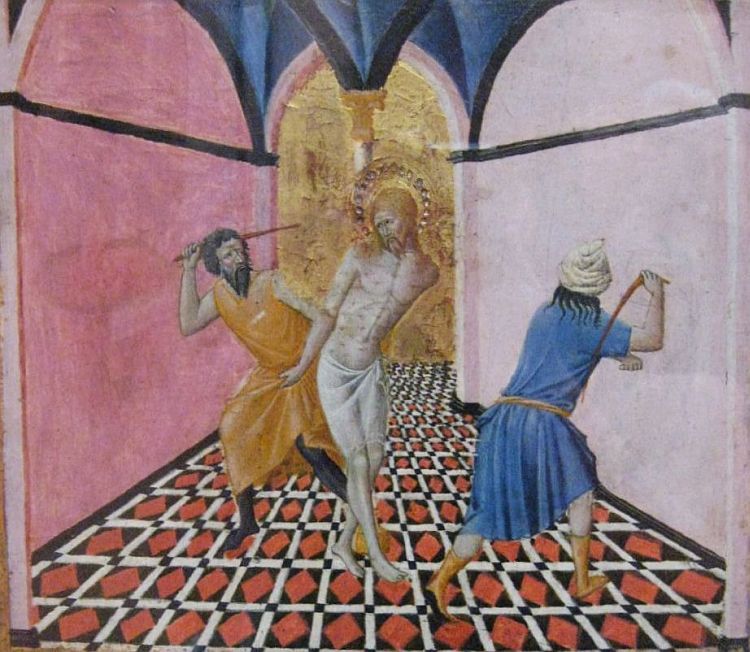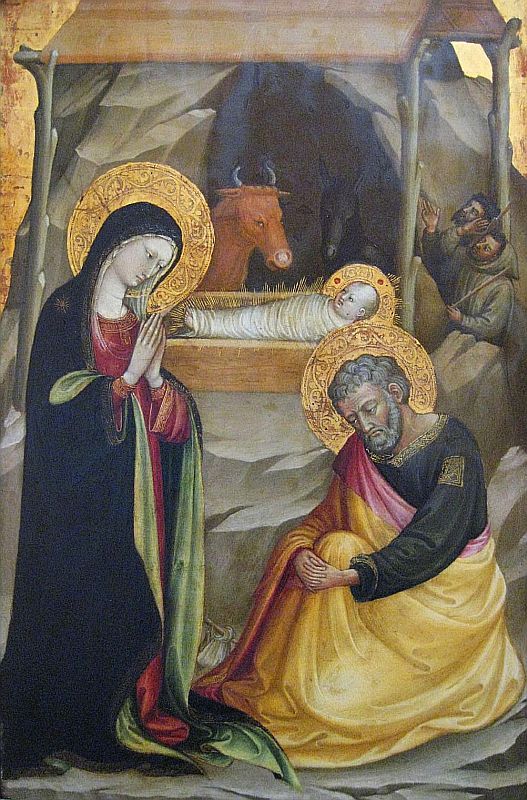Sotheby’s London Old Masters Evening Sale
Two Exceptional Italian Renaissance Portraits
At the core of this winter’s sale is a group of ten paintings of impressive quality from the collection formed by Sir William Forbes, the 7th Baronet of Pitsligo (1773–1828), a Scottish banker who gave much of his fortune to various charitable establishments in Edinburgh. All of the works in the sale were acquired in Italy by the art dealer James Irvine on Forbes’ behalf between May 1827 and November 1828 and have never appeared on the market since then.
Leading this group is a Portrait of two boys, said to be members of the Pesaro familypainted by Titian (1485/90 - 1576) with some assistance from his studio, probably in the early 1540s. This striking work is a rarity in the genre of portraiture for it is one of the first and very few double portraits in Renaissance painting. Its originality also lies in its intensely expressive representation of childhood, rarely seen in Titian’s oeuvre which only comprises a small group of portraits of children. Not until the following century would something comparable be attempted by Rubens when painting his sons (est. £1 - 1.5 million).
From the same collection is a stunning Portrait of an architect by Lorenzo Lotto (1480-1556), a recently discovered addition to the artist's œuvre and one of some forty-odd surviving portraits, nearly all of which are now in public collections. Lotto’s portraits are among the most inventive and expressive of the first half of the 16th century and often break with conventions in portraiture. Probably painted in the 1540s, this work is remarkable for the sparseness of its composition, as well as the pose and expression of the sitter who engages directly with the viewer (est. £200,000-300,000).
TWO MAGNIFICENT ITALIAN GOLD-GROUNDS
The sale is further distinguished by a fine selection of early Italian Renaissance paintings, and most notably two magnificent 15th- century Italian gold-grounds which have been in the collection formed by the famous German painter Franz von Lenbach (1836- 1904) for over a century. Both works beautifully exemplify the artistic production in two of the principal cities in Tuscany in the late Middle Ages and Early Renaissance.
The first is one of the most arresting gabella panels ever created. Gabelle are inextricably linked to the history of Siena which was already a fully-functioning democracy in the 15th century. These small painted panels, produced between the mid- 13th century and the last quarter of the 17th century, served as file covers for the officials leaving office after their six-month fixed term in the Republic (when they had to make all their paperwork public as an anti-corruption requirement). These files and their covers were then hung on the city walls so that the population might have access to
them.
A work of considerable rarity, this Flagellation was made in 1441 by the Master of the Osservanza, now recognised as Sano di Pietro (1405–1481), one of the most prominent Sienese artists of the first half of the 15th century. Today, most Gabelle covers are in Siena, and a handful are scattered among museums. With its highly inventive design, the present work is therefore one of the very few and most stunning Gabella panels still in private hands outside Italy (est. £400,000-600,000).
The other major gold-ground in the sale is a luminous work by Bicci di Lorenzo, one of the most important painters of early 15th- century Florence. Painted in the early 1430s, thisNativity is a fine example of Bicci's distinctly traditionalist style that ensured a long- lasting demand for his paintings (est. £300,000-500,000).
From the same collection is a stunning Portrait of an architect by Lorenzo Lotto (1480-1556), a recently discovered addition to the artist's œuvre and one of some forty-odd surviving portraits, nearly all of which are now in public collections. Lotto’s portraits are among the most inventive and expressive of the first half of the 16th century and often break with conventions in portraiture. Probably painted in the 1540s, this work is remarkable for the sparseness of its composition, as well as the pose and expression of the sitter who engages directly with the viewer (est. £200,000-300,000).
TWO MAGNIFICENT ITALIAN GOLD-GROUNDS
The sale is further distinguished by a fine selection of early Italian Renaissance paintings, and most notably two magnificent 15th- century Italian gold-grounds which have been in the collection formed by the famous German painter Franz von Lenbach (1836- 1904) for over a century. Both works beautifully exemplify the artistic production in two of the principal cities in Tuscany in the late Middle Ages and Early Renaissance.
The first is one of the most arresting gabella panels ever created. Gabelle are inextricably linked to the history of Siena which was already a fully-functioning democracy in the 15th century. These small painted panels, produced between the mid- 13th century and the last quarter of the 17th century, served as file covers for the officials leaving office after their six-month fixed term in the Republic (when they had to make all their paperwork public as an anti-corruption requirement). These files and their covers were then hung on the city walls so that the population might have access to
them.
A work of considerable rarity, this Flagellation was made in 1441 by the Master of the Osservanza, now recognised as Sano di Pietro (1405–1481), one of the most prominent Sienese artists of the first half of the 15th century. Today, most Gabelle covers are in Siena, and a handful are scattered among museums. With its highly inventive design, the present work is therefore one of the very few and most stunning Gabella panels still in private hands outside Italy (est. £400,000-600,000).
The other major gold-ground in the sale is a luminous work by Bicci di Lorenzo, one of the most important painters of early 15th- century Florence. Painted in the early 1430s, thisNativity is a fine example of Bicci's distinctly traditionalist style that ensured a long- lasting demand for his paintings (est. £300,000-500,000).
DUTCH AND FLEMISH MASTERWORKS FROM THE "GOLDEN AGE"
Following the auction record set for a still life by Jan Brueghel the Elder in London in July
The sale will also provide a fascinating insight into the extraordinary impact that the work of Pieter Bruegel the Elder (c. 1525-1569) had upon Netherlandish landscape and genre painting in his own century, and equally how his influence was still being felt in the following century, as witnessed by the work of his son Pieter Brueghel the Younger (1564-1637/8) and his contemporaries, including Maerten van Cleve (c. 1527-1581).
The highlight of this section is one of the finest known versions of Pieter Brueghel the Younger’s Return from the Kermesse, a composition that enjoyed great popularity during the artist’s lifetime and which appears to have been entirely of his own design. Its beautiful state of preservation allows us to fully appreciate the superb draughtsmanship, understanding of gesture, colour, composition and story-telling that have ensured for Brueghel a lasting reputation (est. £2-3 million). Previous sale.
Still Life of flowers in a stoneware vase, the sale will feature a magnificent flower painting by another pioneer in the genre, Ambrosius Bosschaert the Elder. Bosschaert was wholly responsible for the sudden outburst of flower painting in the Netherlands at the start of the 17th century and this beautifully preserved Still life of tulips, wild roses, cyclamen, yellow ranunculus, forget-me-not and other flowers, in a glass beaker is a very fine example of his early works. Dating from circa 1608–1610, it is little known, having only been exhibited once, in 1970, and only ever published in the catalogue of that exhibition (est. £800,000-1,200,000).
The highlight of this section is one of the finest known versions of Pieter Brueghel the Younger’s Return from the Kermesse, a composition that enjoyed great popularity during the artist’s lifetime and which appears to have been entirely of his own design. Its beautiful state of preservation allows us to fully appreciate the superb draughtsmanship, understanding of gesture, colour, composition and story-telling that have ensured for Brueghel a lasting reputation (est. £2-3 million). Previous sale.





